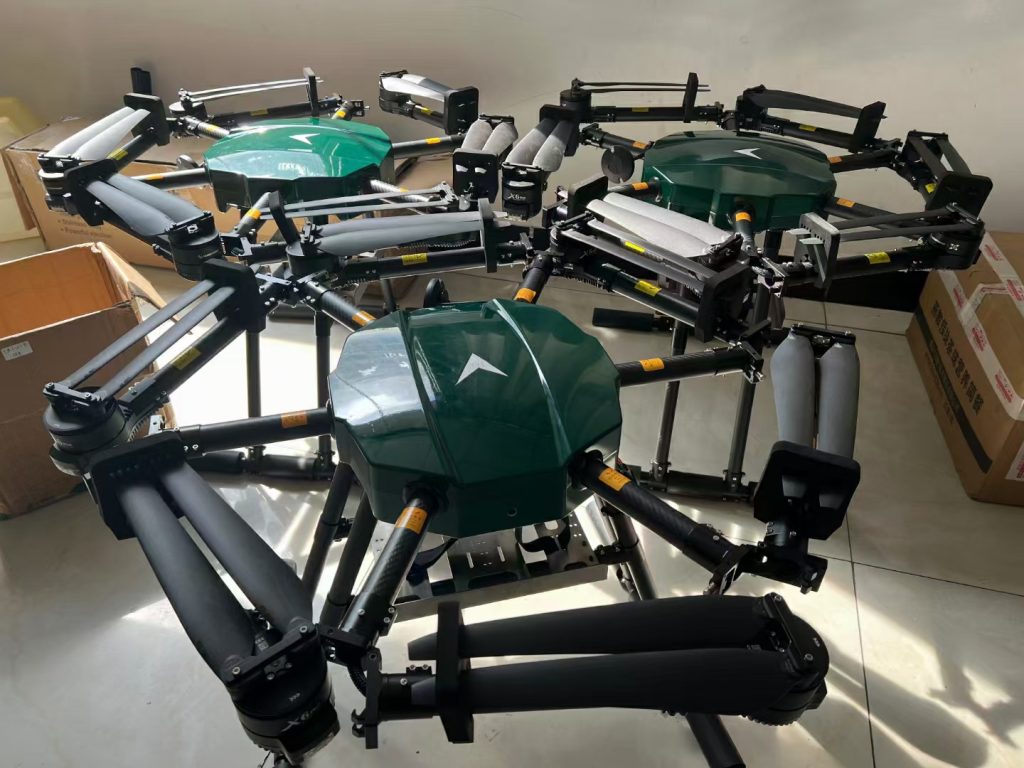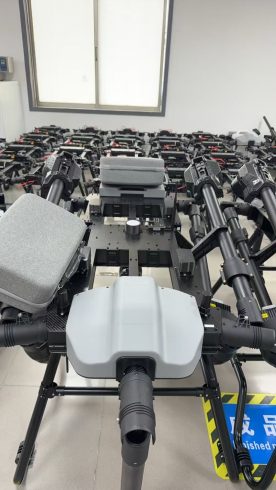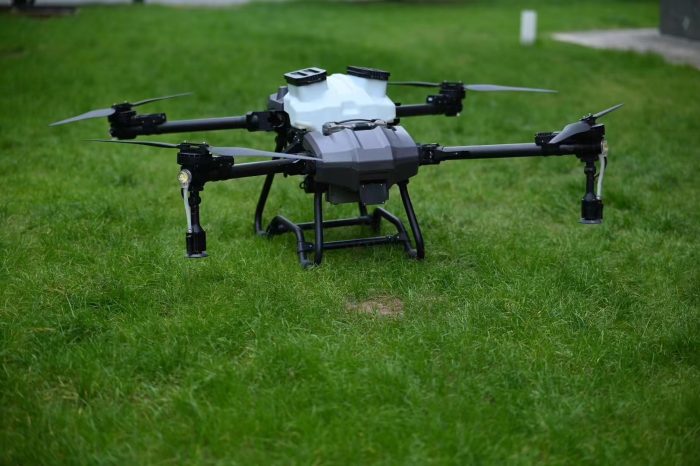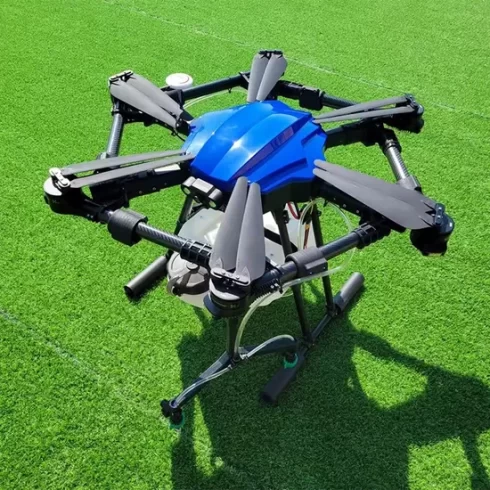
As the demand for sustainable and efficient farming practices grows globally, exporting agricultural drones worldwide has become a pivotal strategy for manufacturers and distributors. These unmanned aerial systems empower farmers with precision spraying, advanced field mapping, and real-time crop monitoring—advantages that transcend geographic boundaries. In this article, we’ll explore the key considerations, benefits, and best practices for taking agricultural drones to international markets.
Why Export Agricultural Drones Worldwide?
-
Global Need for Precision Agriculture
From the rice paddies of Southeast Asia to the wheat fields of North America, farmers everywhere seek solutions that boost yields and reduce input costs. Exporting agricultural drones meets this universal demand by delivering aerial platforms tailored for diverse climates and crop types. -
Economic Growth Opportunities
Entering international markets unlocks new revenue streams, driving economies of scale and accelerating product development. By exporting drones, manufacturers can fund ongoing innovation—improving battery life, sensor accuracy, and software intelligence. -
Knowledge Transfer and Training
Alongside hardware exports, providing operator training and agronomic support ensures successful adoption. Educating end users on optimal flight practices, local regulations, and data interpretation fosters long-term partnerships and repeat business.
Key Factors for Successful Export
-
Regulatory Compliance
Each country enforces specific rules for unmanned aircraft and agrochemical application. Prior to export, verify that your drones meet the destination country’s aviation certifications (e.g., UAV type approval) and chemical-spraying standards. -
Localization of Software and Manuals
Translating control software, user interfaces, and operating manuals into local languages enhances usability. Include region-specific flight templates—such as paddy-field patterns in Asia or row-crop grids in Europe—to streamline setup for farmers. -
Adaptable Hardware Configurations
Export models should accommodate different payload capacities (e.g., 10L–30L tanks), nozzle types, and sensor suites (RGB, multispectral). Modular designs allow buyers to customize drones for spraying, seeding, or field mapping based on regional agricultural practices. -
Robust After-Sales Support
Establish local service centers or partner with regional technicians to provide spare parts, maintenance, and software updates. Quick response times and remote troubleshooting tools build customer trust and reduce downtime. -
Logistics and Shipping Optimization
Drones must be packaged securely to withstand long-distance transport. Use compact, foldable airframes and shock-absorbent cases. Work with freight forwarders experienced in handling lithium batteries and precision electronics to ensure timely deliveries.
Benefits for International Farmers
-
Increased Productivity: Cover large areas quickly with automated flight plans and high-capacity tanks.
-
Cost Savings: Reduce labor, fuel, and chemical expenses through precise, variable-rate applications.
-
Environmental Stewardship: Minimize runoff and drift, protecting surrounding ecosystems.
-
Data-Driven Decisions: Access real-time imagery and analytics to tackle pests, diseases, and nutrient deficiencies promptly.
Best Practices for Export Success
-
Market Research: Evaluate target countries’ crop profiles, farm sizes, and adoption rates of precision agriculture.
-
Strategic Partnerships: Team up with local distributors, agronomists, and drone training schools to accelerate market entry.
-
Pilot Programs: Run trial deployments with key growers to showcase performance and gather testimonials.
-
Customized Financing Options: Offer leasing or installment plans to lower the barrier of entry for small and medium-scale farms.
-
Continuous Feedback Loop: Solicit user feedback to improve hardware, firmware, and support—ensuring products evolve with market needs.
By focusing on regulatory alignment, localized support, and adaptable designs, exporting agricultural drones worldwide can transform farming operations across continents. With the right export strategy, precision-agriculture UAVs will continue to advance global food security and sustainability—one flight at a time.










暂无评论内容